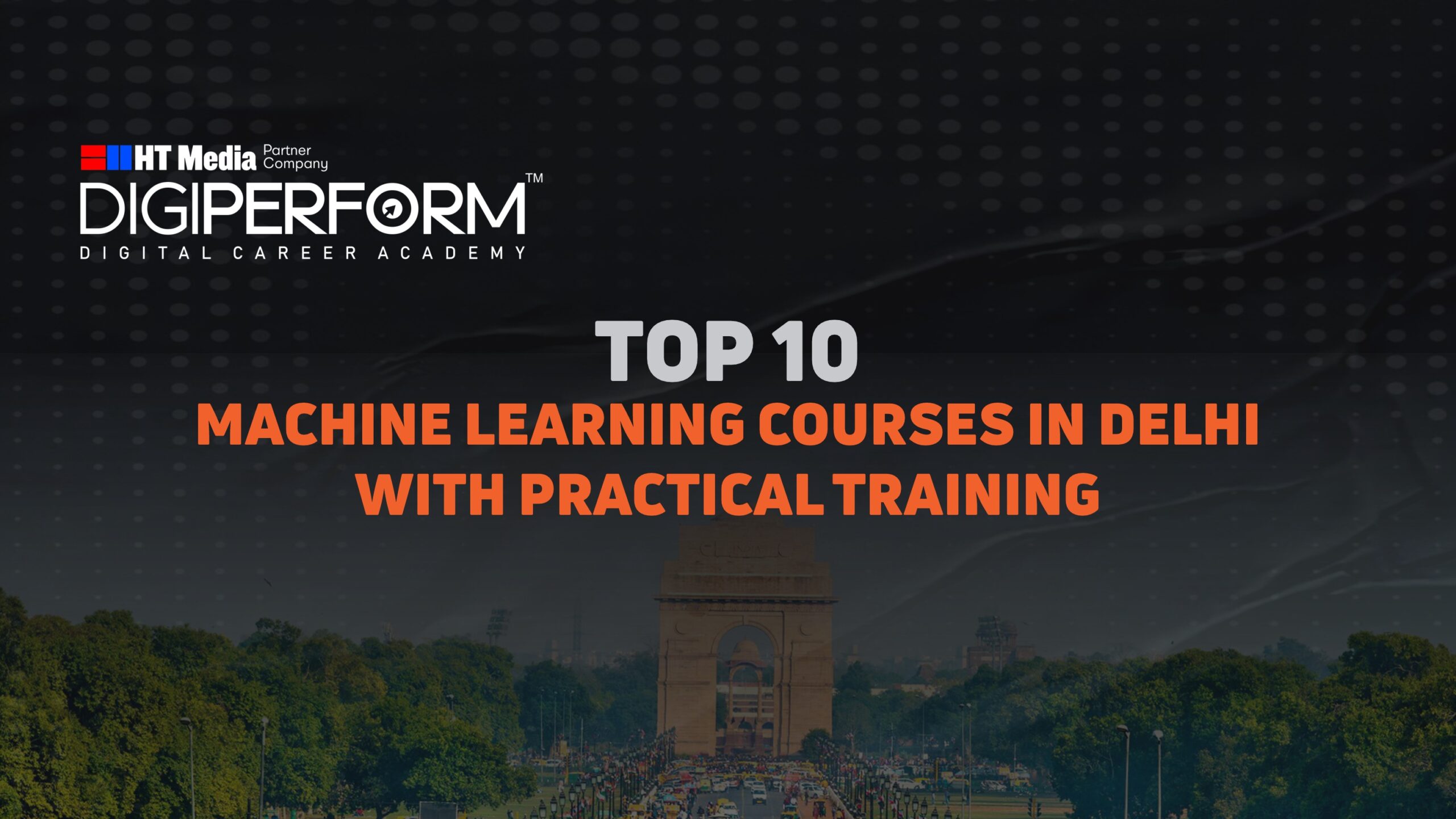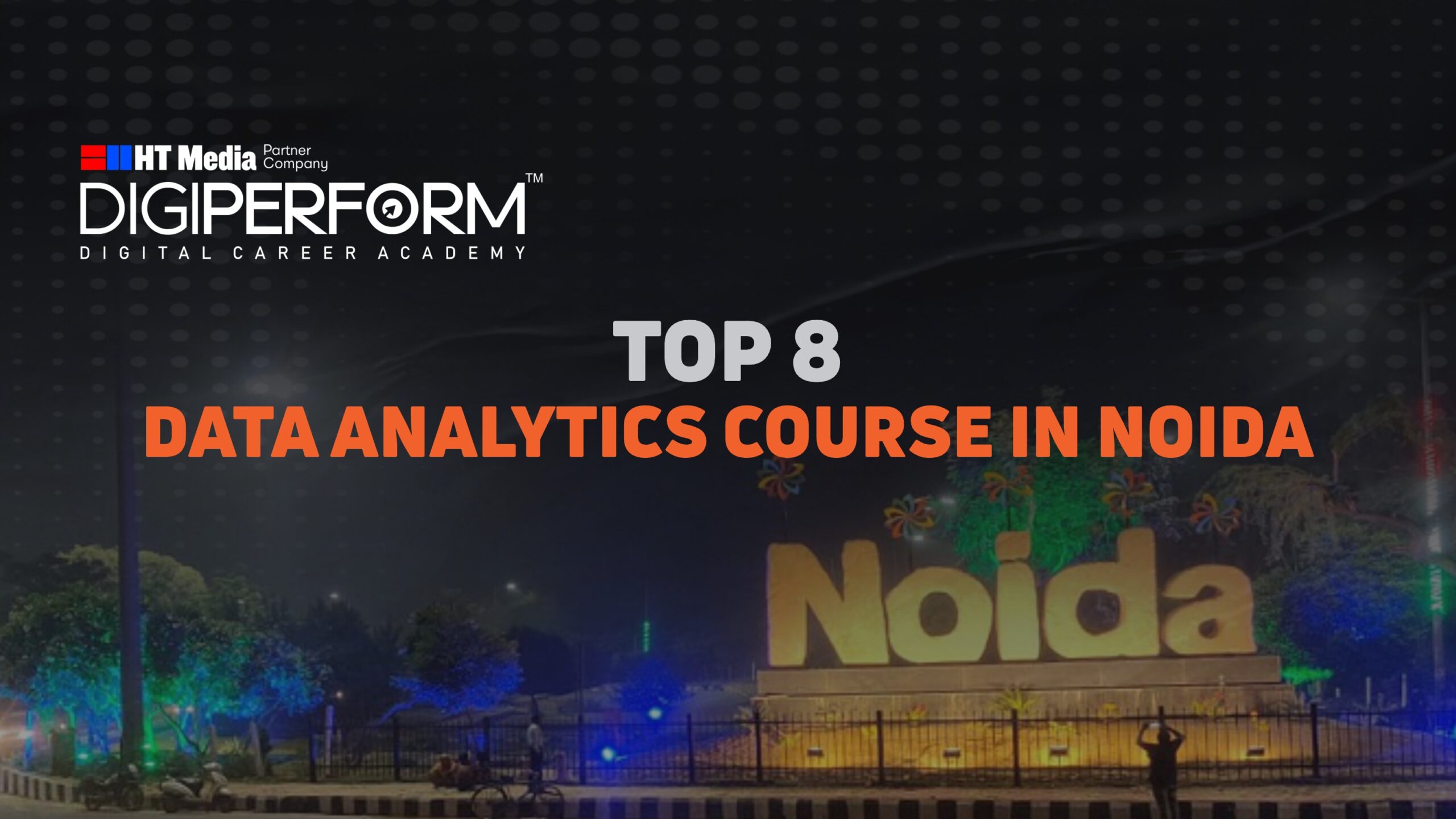Master
Data Science Courses
India’s Only Data Science Training Program created to help you to build a successful career in Data Science from scratch.
Top 8 Python Libraries You Must Know in 2024 For Data Science
In the article, we will talk about the top 8 Python libraries that a data scientist should know, so let’s start learning about them.
Python has more than 400,000 packages but if you want to build a career in data science you better know these 8 Python modules that you’ll be using very frequently as a data scientist.
1. NumPy
If you’re manipulating a huge volume of sequential data and if you’re using Python list then your life is going to be slow For that reason you need NumPy which provides an n-dimensional array object that is very very memory efficient and fast as well. It also provides so many ready-made built-in functions that you will be using often for your needs.
2. Pandas
The second one is Pandas. Pandas is built on top of a numpy array and it provides a fast and memory-efficient tabular data structure called data frame now if you’re doing exploratory data analysis or machine learning you will have to use pandas go check any Jupiter notebook on cable most of them are using pandas already now let’s see you’re doing simple weather analysis and if you use plain Python for that you will have to write 70 lines of code and the same thing can be done in five lines in Panda. So it’s super convenient.
3. Matplotlib
Matplotlib or Seaborn you can use one of these libraries for doing data visualization. Let’s say the data scientists you are doing exploratory data analysis now you want to find outliers or you want to just visualize some data patterns or maybe you want to plot a confusion matrix after your machine learning model is built for all of these purposes matplotlib or seaborn can be extremely useful they are very very popular in data science community.
4. Scrapy or BeautifulSoups
Now if you look at any data science project the first step in that project is always data collection. You can collect data either from your organization or you can buy ready-made third-party data but often you will see data scientists do web scraping they go to the internet and scrap different websites for collecting the data and in Python, Scrapy, and BeautifulSoups are the two main libraries for this purpose.
5. Scikit-Learn
Then comes our 800-pound gorilla called Scikit-Learn. If you want to do statistical machine learning, classification, or regression, you have to use Scikit-Learn. It has become the de facto library in the entire data science community. Without the knowledge of psychic learning, it will be very very hard to get a data scientist job.
6. Tensor and PyTorch
Deep learning is a subdomain of machine learning where you use neural networks to solve a variety of problems such as image classification, and cats versus dogs. That’s boring. Baby Yoda versus dog. Language translation, recommendation engines, autonomous cars, and so on. TensorFlow from Google and PyTorch from Facebook are the two prominent libraries for doing deep learning.
7. Spacy
Spacy is the next one. It’s a library used to solve natural language processing or NLP problems. So if you’re a data scientist who are working specifically in the NLP domain, then you need to know this. Some data scientists don’t touch NLP problems. In that case, it’s okay to not know this library.
The benefit of this library is that it is very good for beginners, has very user-friendly syntax, and you can get started pretty fast there is another library called NLTK which people sometimes use along with Spacey but with Spacey there are so many features that are in the bed and you can get going pretty fast you’ll notice that the data scientists working in NLP domain will be using spacey NLP and they will be using sometimes pytorch tensorflow etc along with these libraries so most of the time if you’re solving any NLP problem, you will be using variety of libraries, but spacey seems to be the most popular among all.
8. Open CV
The last one is an open CV, which is used for image processing. So if you are a data scientist working in the image processing domain, then you need to know this open CV library provides many ready-made functions for image processing let’s say you want to increase the quality of an image and you want to use adaptive stress holding you can write lines of code in OpenCV and there you go the quality is improved. Once again similar to spacey data scientists working in the image processing domain will be using many other libraries along with OpenCV so they might be using PyTorch, TensorFlow, etc along with openCV.
Conclusion:
I hope you like all the information we have given you in this article about the top 8 libraries for data science.
Before I end, I would like to say that if you Want to make a career in this field of achievement you can do an Online Data science course (Master Certification Program in Analytics, Machine Learning, and AI) from Digiperform. India’s Only Most
Trusted Brand in Digital Education
In this Data science online course You will solve 75+ projects and assignments across the project duration working on Stats, Advanced Excel, SQL, Python Libraries, Tableau, Advanced Machine Learning, and Deep Learning algorithms to solve day-to-day industry data problems in healthcare, manufacturing, sales, media, marketing, education sectors making you job ready for 30+ roles.
And to get your dream job Digiperform’s dedicated placement cell will help you with 100%* placement assistance.
FAQs:
What are the top 8 Python libraries?
The top 8 Python libraries encompass a range of functionalities across various domains. Some of the most prominent ones include NumPy, Pandas, Matplotlib, TensorFlow, Scikit-learn, Requests, BeautifulSoup, and Flask.
What is NumPy used for?
NumPy is a fundamental library for numerical computing in Python. It provides support for large, multi-dimensional arrays and matrices, along with a collection of mathematical functions to operate on these arrays efficiently.
How does Pandas facilitate data manipulation?
Pandas is a powerful library for data manipulation and analysis in Python. It offers data structures like DataFrame and Series, along with tools for reading and writing data between in-memory data structures and various file formats.
What are the key features of Matplotlib?
Matplotlib is a comprehensive library for creating static, interactive, and animated visualizations in Python. It provides a MATLAB-like interface and supports a wide variety of plots and customization options to visualize data effectively.
In what domains is TensorFlow commonly used?
TensorFlow is an open-source machine learning framework developed by Google. It is widely utilized for various machine learning and deep learning tasks, including neural networks, natural language processing, computer vision, and more.











